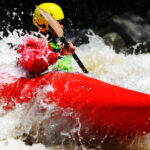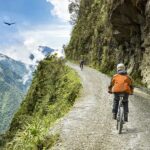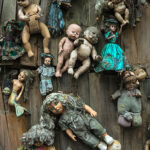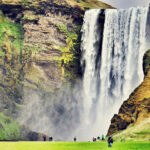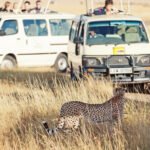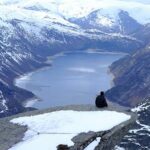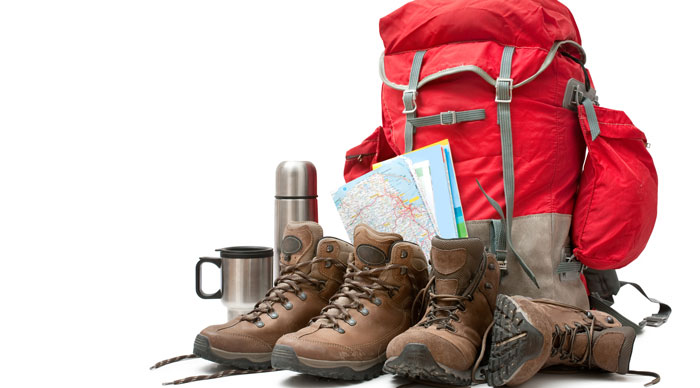
Trekking in Nepal is very rewarding and a lifetime experience. While trekking is not dangerous, safety should always be kept in mind. All trekking agencies at BookMundi will always have a pre-trek meeting where among others safety will be discussed. We still recommend, however, that you prepare yourself as much as possible and go through the below health and safety instructions – they may come in handy.
Before trekking
- Make sure you have proper clothing for all weather conditions.
- Please be prepared for adverse weather conditions and apply the mantra “better safe than sorry”.
- Have insurance in place so that the expenses for a helicopter emergency evacuation or other emergency situations are covered, if needed. Please bring the insurance details with you.
- The water is generally not clean, not even at high altitudes. Please therefore always bring water purifying tablets, carbon filters or alike.
- Personal hygiene is important in order not to get sick. Hand sanitizer or disinfection gel will get you far.
- Always bring you cell phone with you. It may not always catch connection when “out there”, but if it can and you need it, you’ll be glad you brought it. An alternative is to bring a satellite telephone (this is not a must though).
- Bring first aid kit, especially if you are trekking alone. Generally we highly recommend to always bring a guide while trekking in the Himalayas.
- While trekking may sound cold, during the long days of hiking you may get plenty of sun. Therefore always bring sunscreen, sunglasses and perhaps even a sun hat.
- Bring a torch. Electricity is scarce when “out there”.
- If you trekking route ascends higher than 3,000 m, please read carefully about Altitude Sickness. More information can be found here, or alternatively visit Himalayan Rescue Association for more information.
While trekking
- You will regularly have to pass by mules and yaks. Always stay on the mountain side while you wait for them to pass and do not get close to any ridges. Mules are yaks often carry heavy and wide loads so they may accidentally kick you off the mountain, if you’re not careful enough.
- Do not drink alcohol. It dehydrates you and thus increases the risk of altitude sickness if above 3,000 m.
- Always trek with a friend, or guide.
- While trekking above 3,000 m do not ascend too fast. Generally it is not recommended to ascend more than 3-500 m per day as doing so will significantly increase the risk of Acute Mountain Sickness (AMS).
- Always carry warm clothe and rain kit, in case of sudden change in weather.
- If possible, get some weather information enroute so as to not get caught in adverse weather circumstances.
- Lots of sun and much walking are factors that will quickly dehydrate and de-energize you. Please therefore always have enough water and snacks nearby. Staying hydrated will help to avoid getting altitude sickness.
- Bring a map, compass and potentially a GPS so that you always know your location (these items are mostly relevant in the more remote trekking regions of Nepal)
- Listen to the advice provided by your guide and trekking agency.
We hope the above is helpful. If you there is any other information you’d be interested in knowing regarding health and safety, please just Contact Us.
The BookMundi Team.


